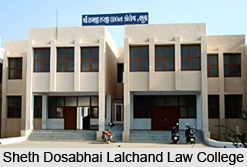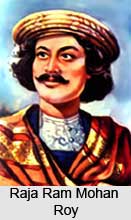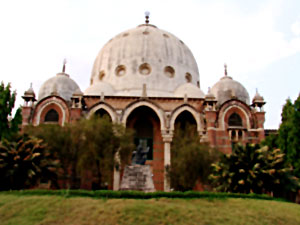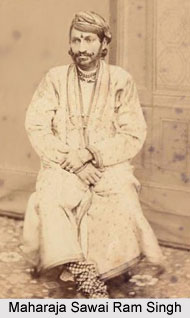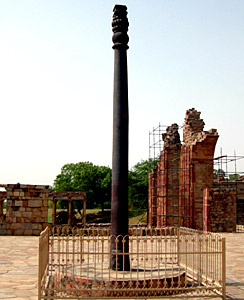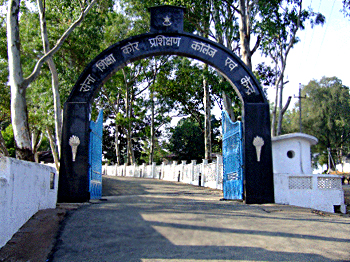Adult education in India is the process to provide education to the adult and aged people who, somehow, had failed to receive the elementary education during their childhood. The effort of providing adult education in India has been in existence for the past several years, as it is one of the most important things in building an educated nation. Unless the adults realize the importance of education they would never understand the need to educate their progeny. Education is one of the stepping stones for building a strong nation. Hence adult education is promoted on a large scale in the Indian sub continent.
Adult education in India is mainly provided at night schools. These are situated in almost all the Indian cities and villages. The provision for imparting education has been made at night because most of the people are engaged during the day. Apart from the night schools, the Government of India had also set up some libraries so that the adults can study more to become educated, not just literate. Adult education is included among the most important responsibilities of the Government, as the eradication of illiteracy has been one of the major national concerns of the Government of India since independence. The government launched the programme of Social Education, under the Community Development Programme in 1952, as part of the first Five Year Plan. In the recent times, the government has launched the programme called National Literacy Mission (NLM) for spreading adult education in India.
A large number of initiatives have been taken so far for providing adult education in India. Machinery comprising male and female Social Education Organisers at grass-roots level and a Chief Social Education organiser has been created, apart from the Social Education Organizers` Training Centres (SEOTCs). The government has also established model community centres, rural libraries, Janata Colleges, youth clubs, mahila mandals and folk schools, for spreading adult education. The Council for Rural Higher Education was established and a Standing Committee of the Central Advisory Board of Education (CABE) on Social Education was also constituted in 1956. The government also started a National Fundamental Education Centre for providing high-level training facilities to the adults.
Social Education: The main objects of this programme are literacy, extension, general education and social consciousness. It was in the period 1951-1956.
Gram Shikshan Mohim: This movement was started in the year 1959 in Maharashtra. This programme was launched on an experimental basis into 25 districts of the state. The duration of the movement was very short as there was not any systematic setting due to which there was large scale relapse of neo-literates into illiterate.
Farmer`s functional literacy project: This project was accelerated as part of the Green Revolution with the objective of making farmers functionally literate in high yielding cultivation areas.
Worker`s education: This programme is initiated through the Central Board of Workers` Education and its institutes. However, the steps under this scheme could not be linked to the literacy schemes/projects being funded under the departments of Education of the states or by the Govt. of India.
Non formal education for youth: In the starting of the fifth plan an educational system for the age group of 15-25 was launched. It was a significant even in the history of Indian education.
Besides these, several other programmes were also introduced by Indian Government
Education commission was a significant event which highly prioritised the step to remove illiteracy. The functional literacy of adult women project was started in the year 1975-1976. This scheme targeted at illiterate adult women to acquire functional skills along with literacy, to promote better awareness of health, hygiene, child-care practices and to bring about attitudinal changes.
A massive programme of Adult Education called the National Adult Education Programme (NAEP) for removal of illiteracy in the 15-35 age group was introduced by the Government of India on 2nd October, 1978. The aim of this programme was to educate 100 million adults within a time frame of five years.
The states in India also took up centre based projects under the state plan funds on the lines of RFLPs.
However, apart from the Indian government, a large number of NGOs have also been working to spread adult education in India and they have indeed done a great job so far.

